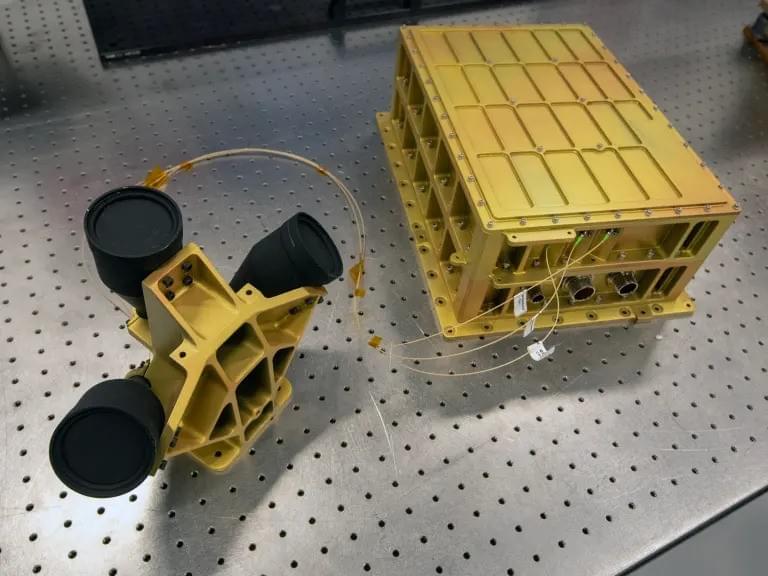In a famous line over 60 years ago, early AI pioneer Norbert Wiener summed up one of the core challenges that humanity faces in building artificial intelligence: If we use, to achieve our purposes, a mechanical agency with whose operation we cannot interfere effectively…we had better be quite sure…
The answer is a technology known as reinforcement learning from human feedback (RLHF).
RLHF has become the dominant method by which human developers control and steer the behavior of AI models, especially language models. It impacts how millions of people around the world experience artificial intelligence today. It is impossible to understand how today’s most advanced AI systems work without understanding RLHF.
At the same time, newer methods are quickly emerging that seek to improve upon and displace RLHF in the AI development process. The technological, commercial and societal implications are profound: at stake is how humans shape the way that AI behaves. Few areas of AI research are more active or important today.







